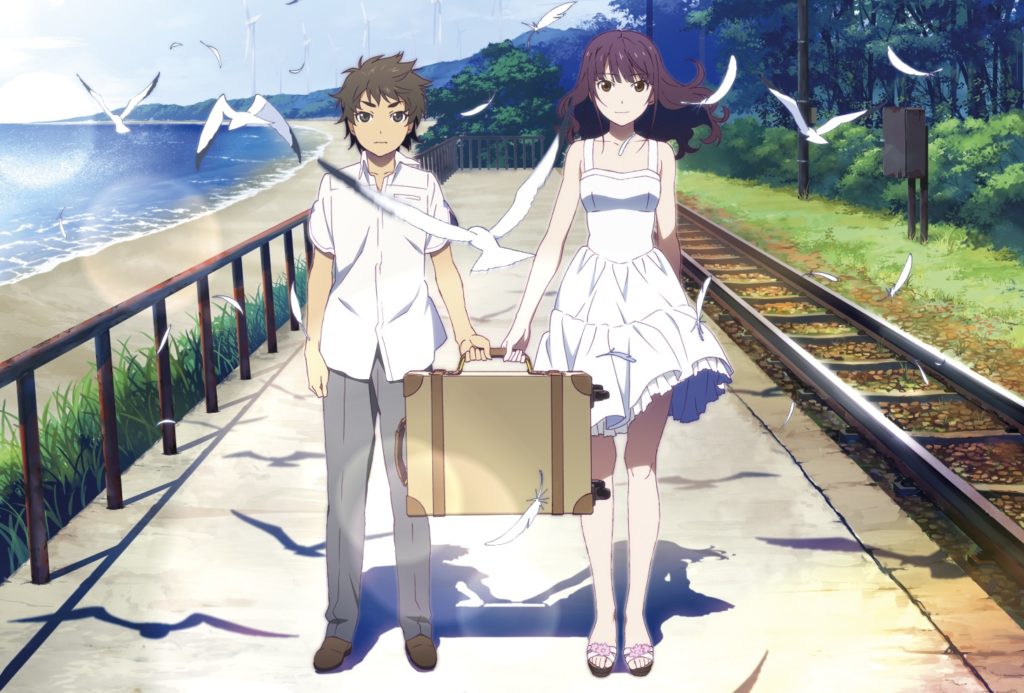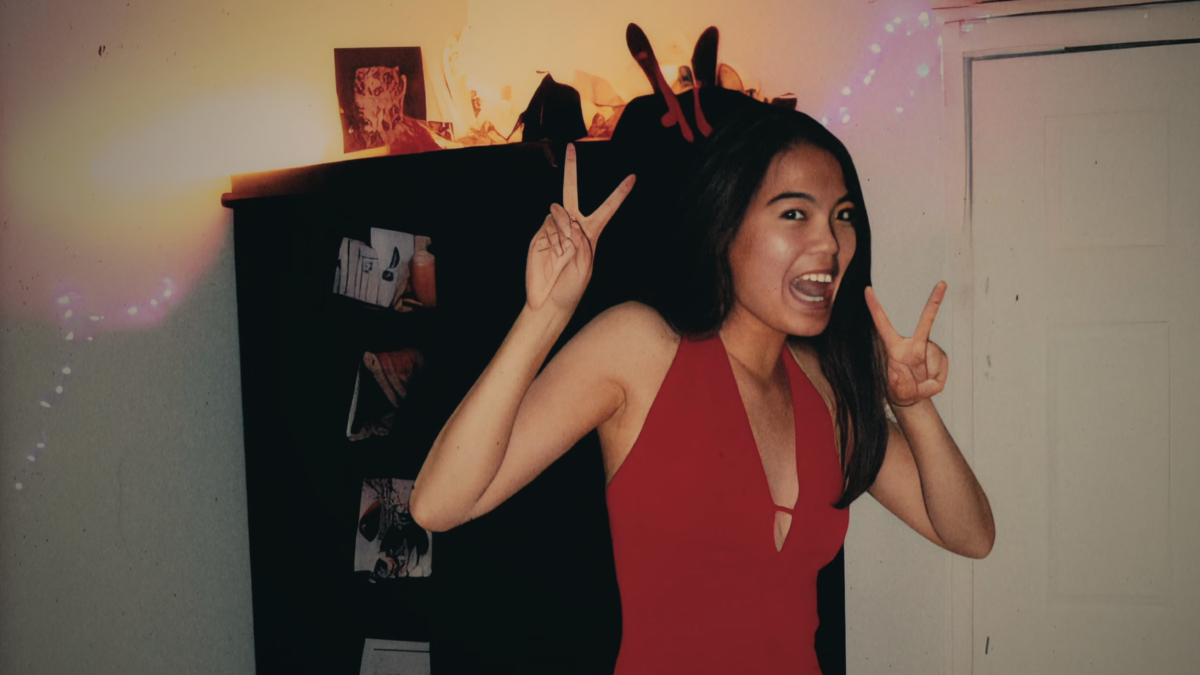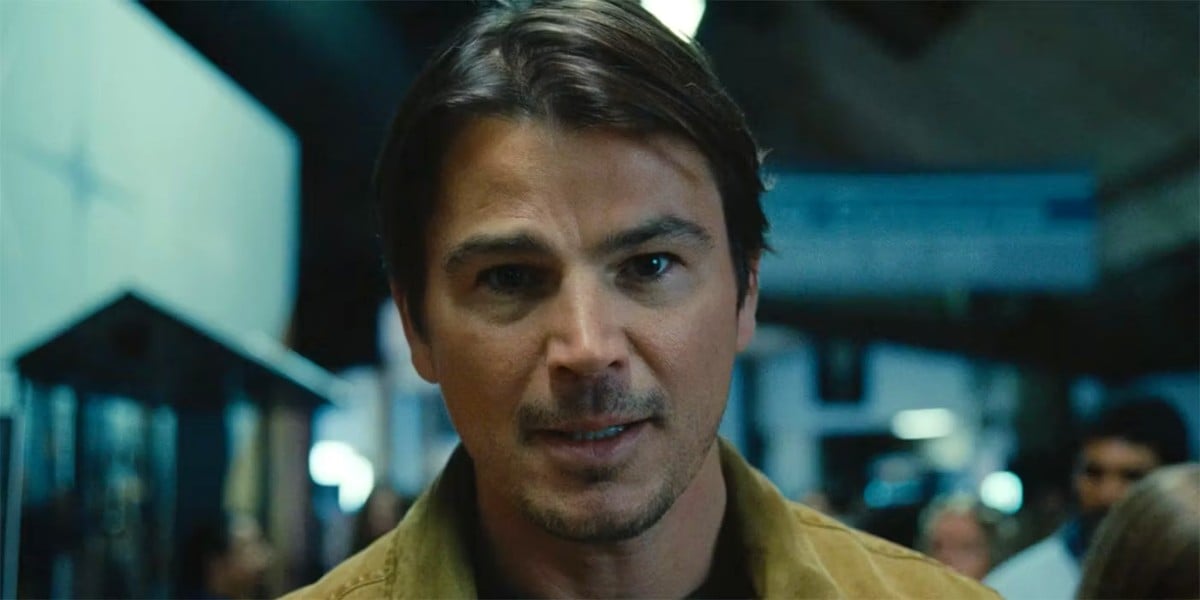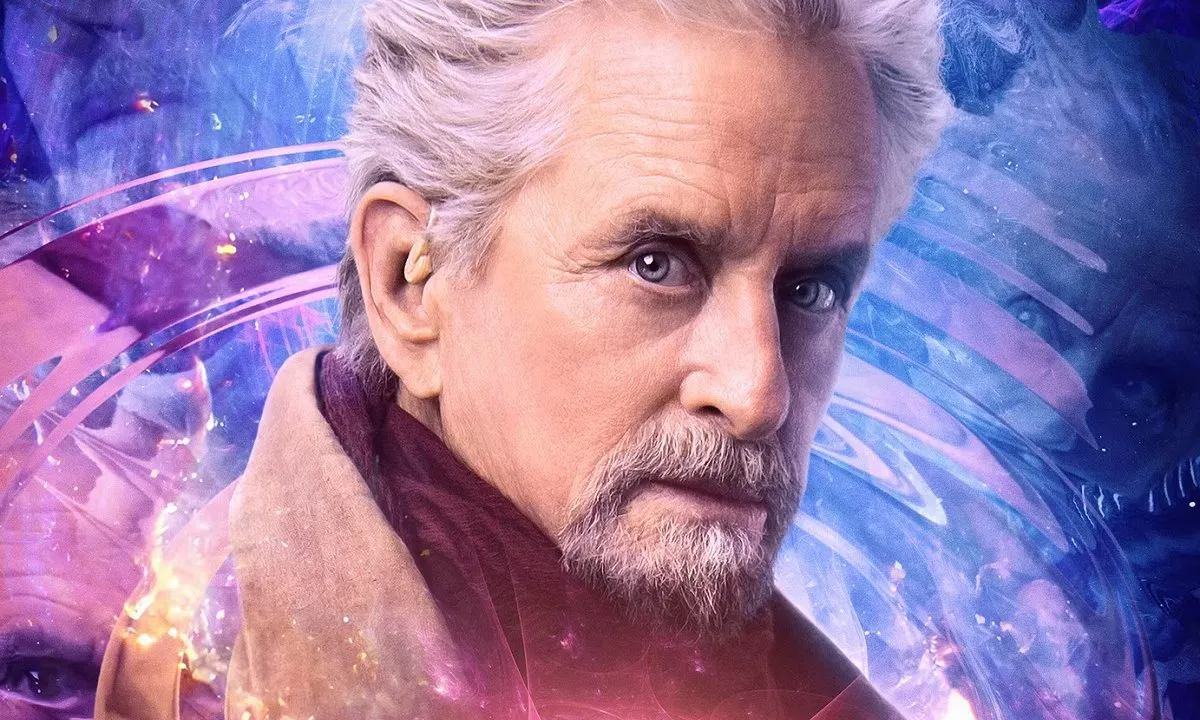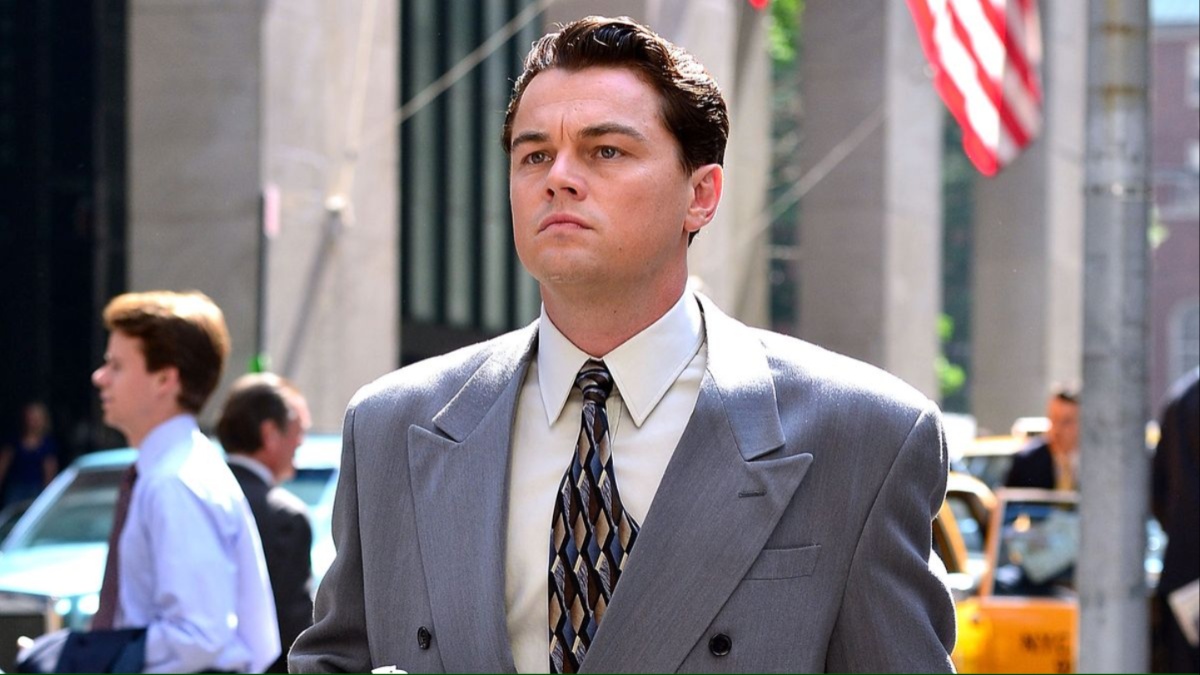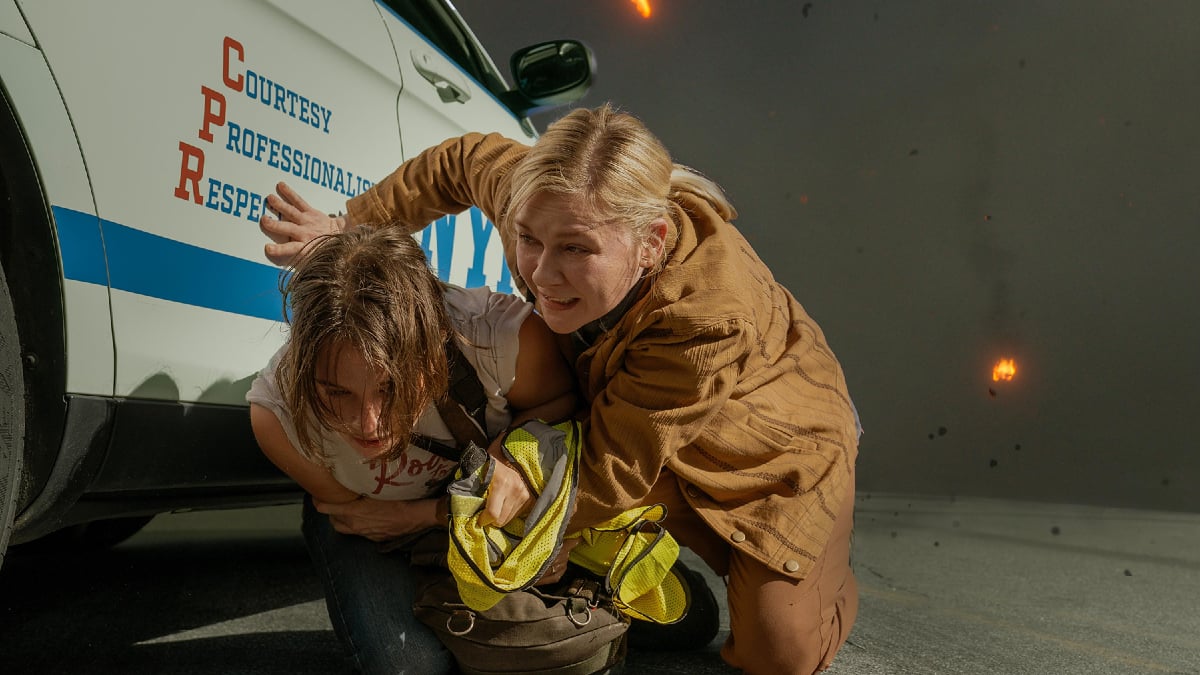The process of turning a live-action film into animation, or an animation film into live action, is a difficult one. When we think about the things that make storytelling in the animation medium special—a suspension of normal laws of physics, a dramatic expressiveness in characters, gags, etc.—and the things that make live action powerful—a grounded-ness, more room for improv, etc.—the two can sometimes feel incompatible or awkward.
These were the kind of challenges that accompanied the production of Fireworks, the anime film based on the 1993 film Fireworks, Should We See It from the Side of the Bottom?. Directed by Akiyuki Shinbo and Nobuyuki Takeuchi, the film is about a girl named Nazuna who’s running away from home because of her family troubles, and a group of boys who create a bet about whether fireworks are round or flat when you see them from a different angle. The two conflicts intersect as two of the boys have a crush on Nazuna, and a sci-fi twist enters the equation when one realizes he’s able to go back in time with the help of a magical item from the ocean. Fireworks takes some images and frames from the original drama directed by Shunji Iwai, but also manages to use the animation medium to make it feel like a different story.
I spoke to producer Genki Kawamura over email about the way he navigates animation vs. live-action, and how that played in the film’s style and structure. (Some quotes have been edited for length and clarity.)
“I’ve made live-action movies such as Confessions (Kokuhaku) and Villain (Akunin) as a live-action movie producer. After that, I started making animation movies Wolf Children and The Boy and The Beast with the director Mamoru Hosoda, and Your Name with the director Makoto Sinkai”, writes Kawamura, “And I always pay attention to bring the way of thinking to make live action films to animation films and blending of live action and animation.”
Kawamura was a fan of Iwai’s original film, which he says “captured this beautiful moment of youth”, but knew would be “impossible to remake” as a live-action film. “But, I thought I may be able to rebuild the story in animation, because of my experience in animation with directors Hosoda and Shinkai”, says the producer. “I thought I might be able to depict this shining moment of youth by using the power of animation.”
Some of the major changes, like turning a short film into a feature-length movie, made Fireworks into a movie of two parts. That contrast, Kawamura argues, is exactly what makes the film distinct. “The first half is faithful to the original, and more graphic and realistic”, explains Kawamura, “However, the time loop only happens once in the original story. In contrast with the original movie, the time loop repeats again and again, and the world where the main characters live becomes an anomaly like the world of ‘animation.’ It’s a ‘utopia’ in their head.” The science fiction element, thus, is both elevated and exaggerated.
“Every time the time loop occurs, the world becomes more animated, fantasy-like, and two dimensional”, he says. “This directorial technique was brought up by director Shinbo when he imagined this story as animation, in a way that only animation could accomplish. Then the screenwriter Ohne wrote the ‘continuation’ of the original story. I think the way this movie was made, switching between live-action and animation, is what made this work so unique.”
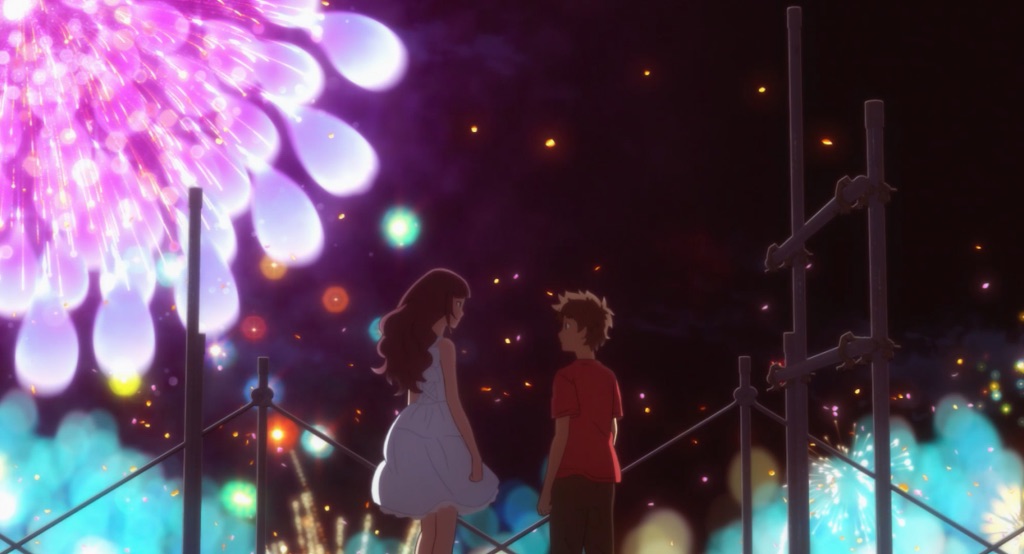
The distinct style of animation in Fireworks comes from collaboration with chief director Shinbo. Kawamura points to the Monogatari series and Puella Magi Madoka Magica as the best examples of his style. “I thought if we remade a live action film as animation, it would be a new type of animated film”, he says. The artists were able to integrate realistic CG art with the character through Cel-shading, Kawamura explains, which Shinbo and Takeuchi used in Monogatari. He calls “the depiction of an ordinary town in Japan, the expression of the summer heat, and the live-action-esque representation of when the “if” phenomenon happens” his favorite part of the film. Kawamura writes:
“We tried to accurately recreate the Japanese summer, and the freshness of the scenery that was captured in the original work through the art of animation. I actually visited the shooting location of the original piece, and took pictures of the summer scenery there, which I then carefully drew. One of the best parts of animating from a live-action work was depicting the scenery in the movie.”
What he hopes you’ll get most out of Fireworks, however, is not just an appreciation for the art-style but to share in the universal feeling of nostalgic, wistful longing:
“Most of the people in the world might have a sense of ‘If I could go back to the day’. I think there was the same sort of part in Your Name. And, the adventure of young boy who has an ability to go back to the time could make people excited at anywhere in the world. I never distinguish my work for Japan or for overseas when I make them. It’s like I’ve kept searching for the ‘feeling’ that audience of the world are desiring right now. I feel that there are feelings of ‘If I could go back to the day’ everywhere in this world right now.
By sharing the kind of regretful ‘If I could go back to that day’ feeling that everybody might have with the audience, I would like them to experience the unique expression and artistry of Japanese animation. I think this is a work in which catharsis is experienced when the art expression surpasses the story, which is the charm of animation, so I’m happy if I can feel that sensation.”
You can check out more about Fireworks, which is still playing in select theaters here.
(image: GKIDS)
Want more stories like this? Become a subscriber and support the site!
—The Mary Sue has a strict comment policy that forbids, but is not limited to, personal insults toward anyone, hate speech, and trolling.—



